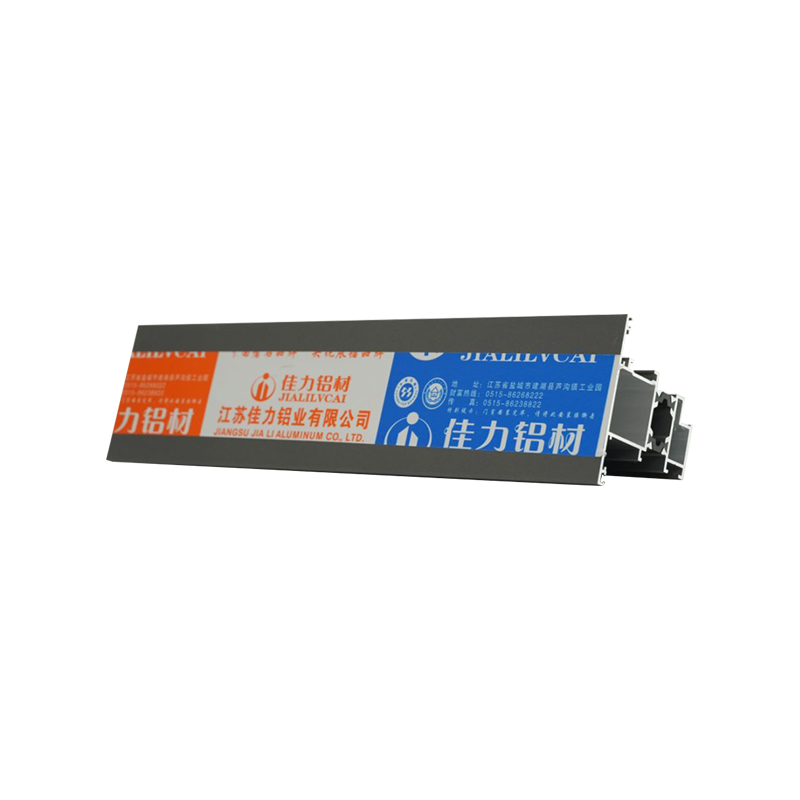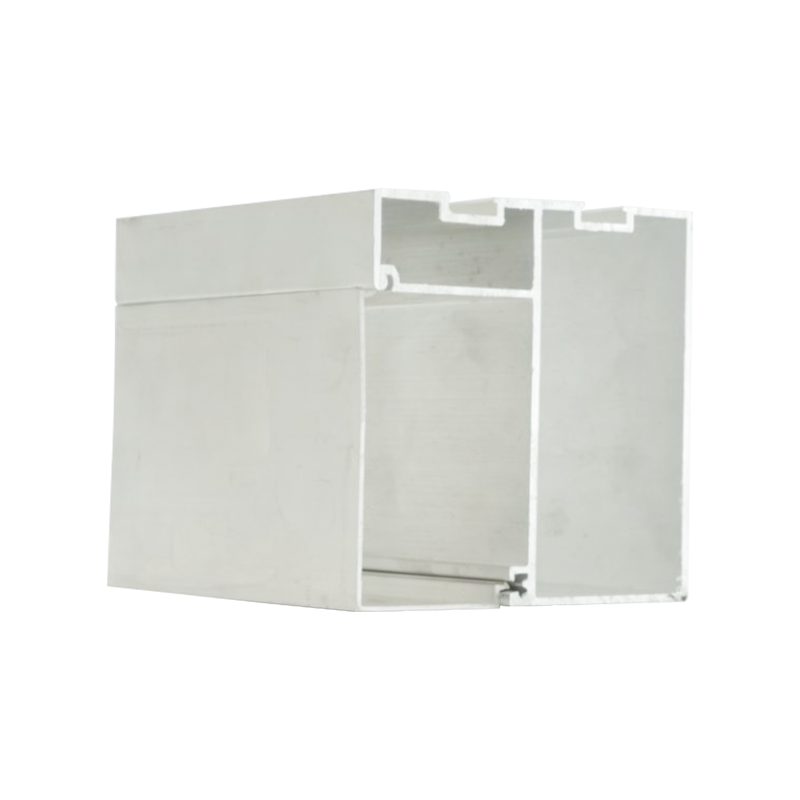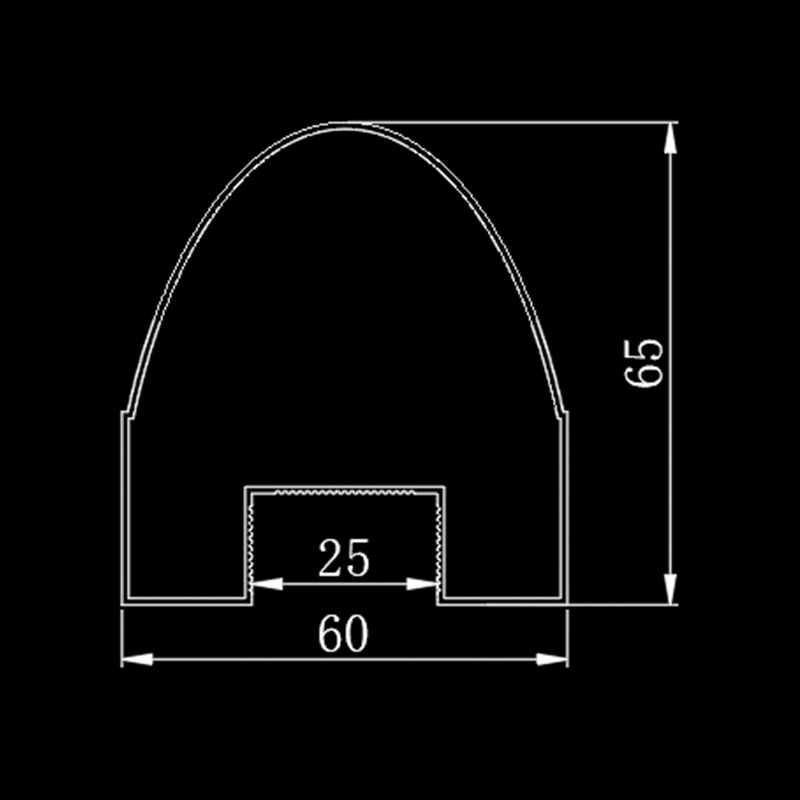With the increasing complexity of building functions, traditional shading systems can no longer meet the stringent requirements of modern office and living spaces for light environment quality. Due to mechanical structural limitations, traditional blinds often lead to problems such as uneven indoor illumination distribution and severe glare, and manual adjustment methods cannot adapt to dynamic lighting environments. As a new type of shading technology, built-in louver aluminum profiles integrate aluminum alloy louver blades into a double-layer hollow glass cavity to build a dynamically adjustable light environment control system, providing an innovative solution to the above problems.
The technical architecture of built-in louver aluminum profiles includes three core modules:
Mechanical execution module
A magnetic control handle or stepper motor is used to drive the louver to rotate, with a torque of ≤0.5N·m, a response time of ≤0.5 seconds, and support 0.1° angle accuracy control.
Optical control module
The ultra-thin aluminum alloy venetian blinds (0.3-0.5mm) are anodized, with a reflectivity of ≥85%, and can achieve continuous adjustment of light transmittance from 5% to 85% through ±90° stepless rotation.
Intelligent control module
Integrated Hall sensor and building automation system (BAS), supporting four control modes: manual, timing, light sensing and human body clock.
Office scene: revolutionary improvement of visual comfort
1. Optimization of illumination uniformity
Traditional blinds are prone to forming alternating light and dark stripes on the wall due to the fixed relationship between the blind spacing and the light and shadow projection angle. The built-in blind aluminum profile can make the light form diffuse reflection in the space by precisely controlling the blind angle (such as 60°), and the illumination uniformity is increased to above 0.7, eliminating light and dark stripes and significantly reducing visual fatigue.
2. Glare control
When the blinds are opened to 45°, the light is scattered by the blinds to form a soft diffuse light environment. The glare index (UGR) can be controlled below 16, meeting the glare control standards of the International Commission on Illumination (CIE) for office environments.
3. Dynamic lighting adjustment
The built-in blinds aluminum profile can be linked with the building light sensing system to automatically adjust the blinds angle according to the outdoor light intensity. For example, when the outdoor illumination exceeds 5000 lux, the system automatically closes the blinds to 20°, reflects direct light to the outside, and maintains the indoor illumination stable in the ideal range of 300-500 lux.
Residential scene: Light simulation of biological clock rhythm
1. Morning light wake-up mechanism
In the early morning (6:00-8:00), the system automatically opens the blinds to 80°, using low-angle sunlight to form soft diffuse light to simulate the natural sunrise effect. In this mode, the indoor illumination gradient is ≤100 lux/m, avoiding biological clock disorders caused by strong direct light.
2. Noon shading strategy
At noon (12:00-14:00), the blinds are closed to 40°, and the high reflectivity surface reflects the direct light to the outside. At this time, the indoor illumination is stable at 200-300 lux, which not only meets the visual work needs, but also reduces the air conditioning load.
3. Evening full light transmission mode
Two hours before sunset, the system automatically restores the blinds to full light transmission, using the afterglow to enhance the transparency of the indoor space, while providing natural lighting compensation for the night lighting system.
Reduced energy consumption: energy-saving effect of light environment regulation
1. Natural lighting replacement
Experimental data show that under the same lighting conditions, the built-in blinds aluminum profile can extend the indoor natural lighting time by 2-3 hours and reduce the demand for artificial lighting. For example, in clear weather, the system can reduce the lighting energy consumption of the office area by 40%-60%.
2. Thermal performance optimization
By dynamically adjusting the blinds angle, the product can significantly reduce the building heat load. In summer, the temperature difference between indoor and outdoor can be reduced by 3-5℃, and heat loss can be reduced by 20%-30% in winter, indirectly reducing heating energy consumption.

 ENG
ENG
 English
English русский
русский 中文简体
中文简体 Español
Español bahasa Indonesia
bahasa Indonesia






